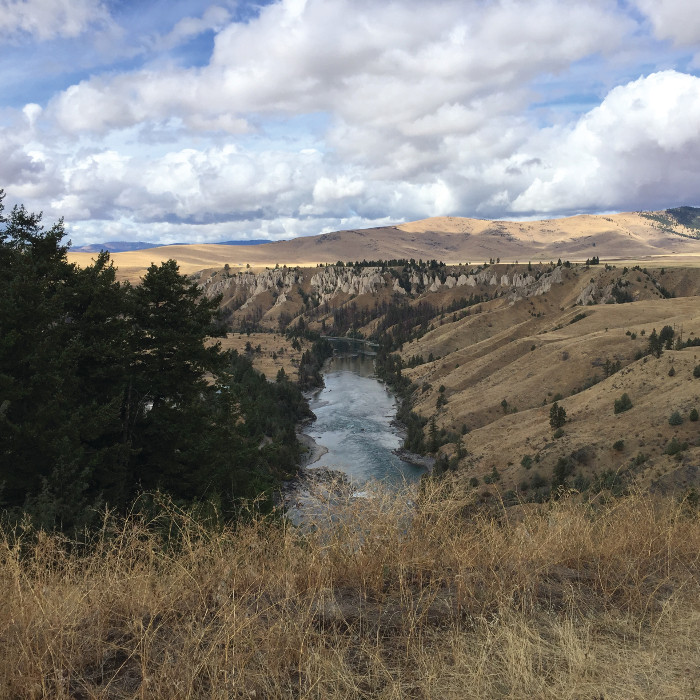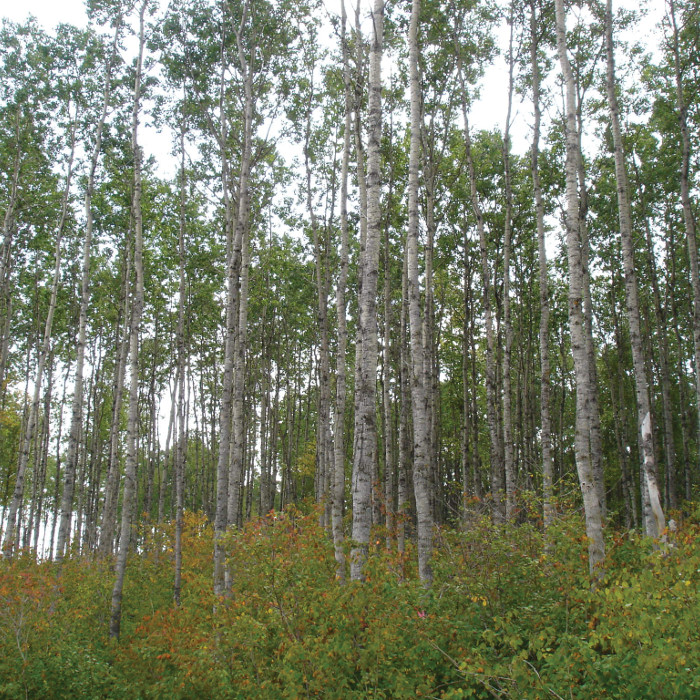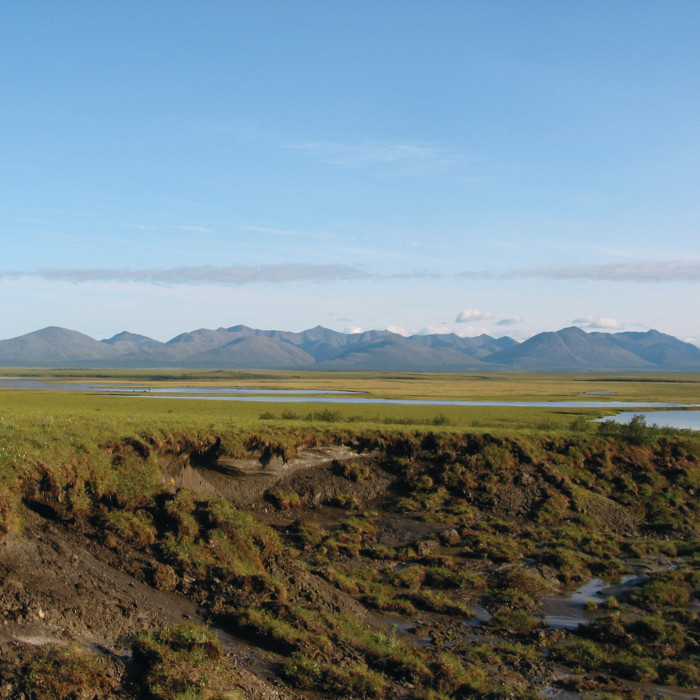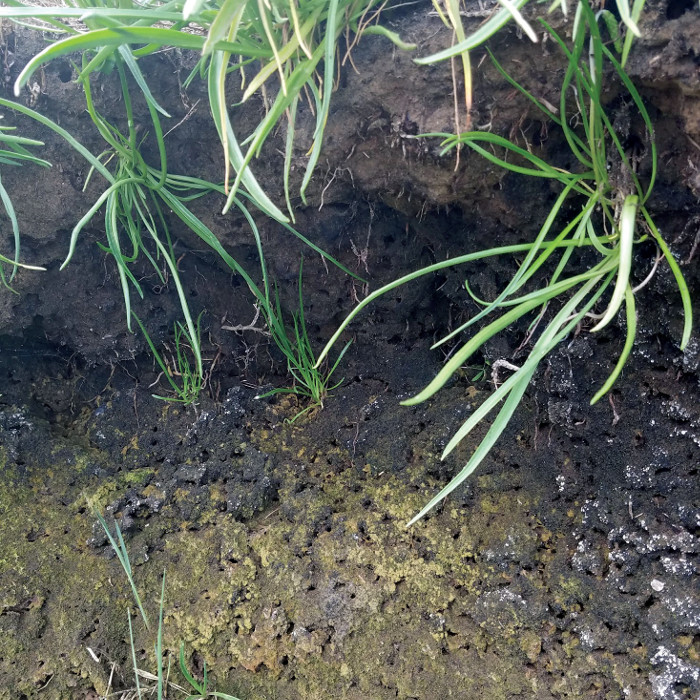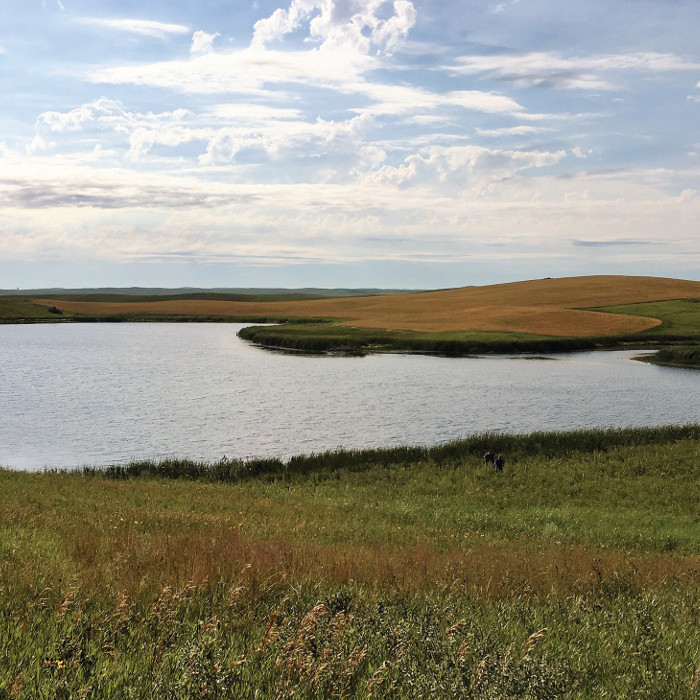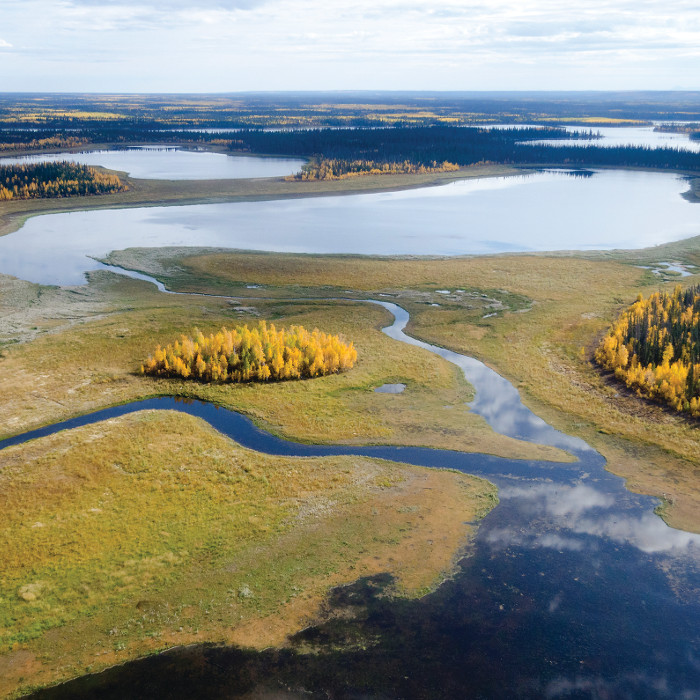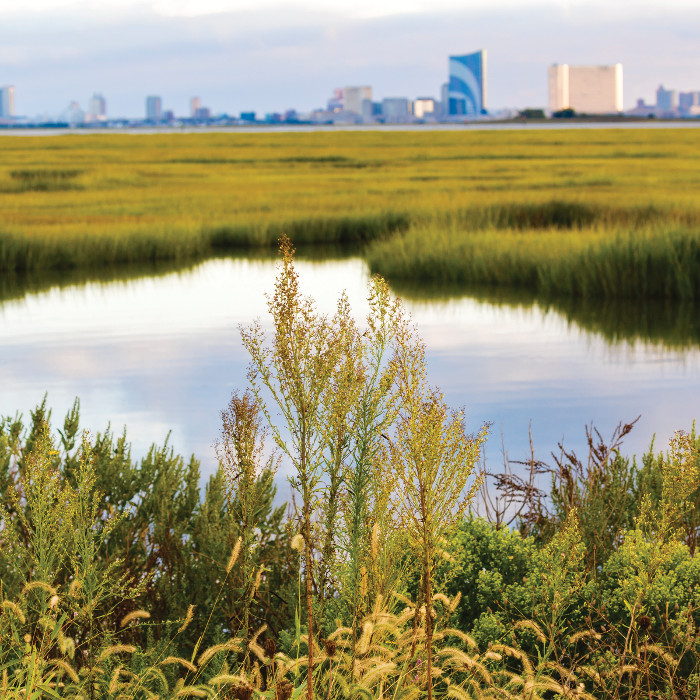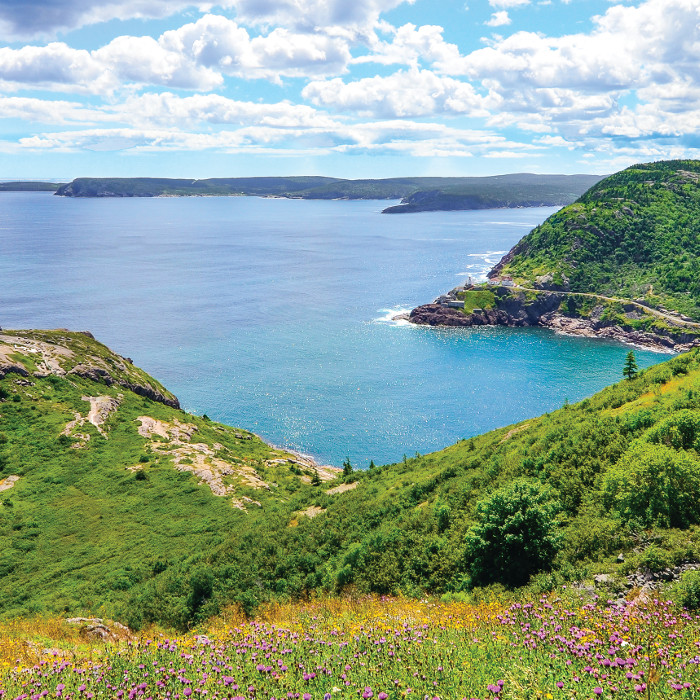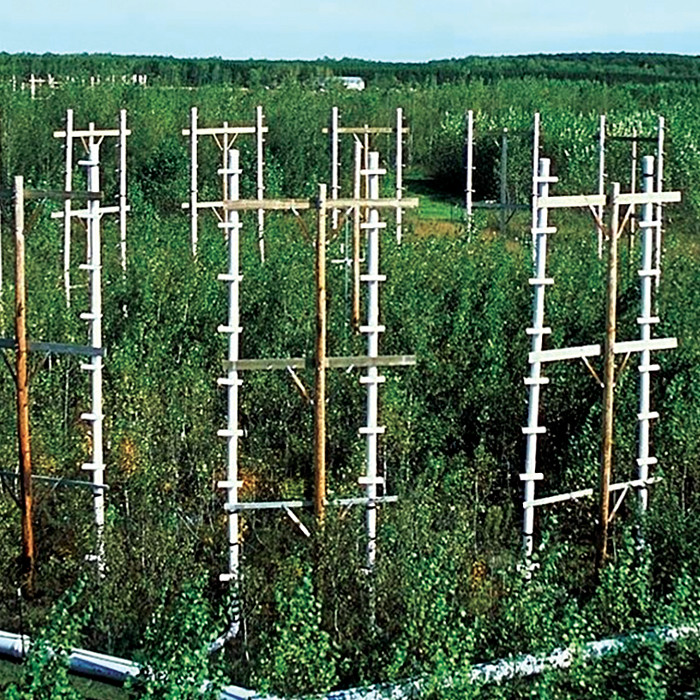SOCCR2 by Sections
These chapters introduce the carbon cycle—what it is and why it is important. They assess the present state, trends, and potential future directions of the North American carbon budget—the balance of carbon fluxes, stocks, and transformations—and how this budget fits into the carbon cycle at a global scale.
These chapters highlight fluxes and processes in socialecological systems, including urban areas, energy systems, agricultural enterprises, societal institutions, and lands belonging to Indigenous communities. The carbon cycle in these sectors is inextricably linked to human needs and actions as well as to societal decisionmaking outcomes.
These chapters present carbon cycle fluxes and processes in different physical and ecological domains, including the atmosphere, soils, inland and coastal waters, and the coastal ocean, as well as in terrestrial ecosystems such as forests, grasslands, and those in Arctic regions. Understanding these ecosystems is fundamental to assessing and predicting net carbon sources and sinks, including feedbacks to and from the climate system. These ecosystems also represent key carbon reservoirs with sensitivity to changes in climate and atmospheric composition.
These chapters outline future projections of rising atmospheric carbon and its associated consequences. They detail how science can inform decision making at the federal, provincial, state, tribal, and local levels across North America, and how those decisions could affect the carbon cycle in the future.
SECOND STATE OF THE CARBON CYCLE
Highlights
Shrestha, G., N. Cavallaro, L. Lorenzoni, A. Seadler, Z. Zhu, N. P. Gurwick, E. Larson, R. Birdsey, M. A. Mayes, R. G. Najjar, S. C. Reed, and P. Romero-Lankao, 2018: Highlights. In Second State of the Carbon Cycle Report (SOCCR2): A Sustained Assessment Report. [Cavallaro, N., G. Shrestha, R. Birdsey, M. A. Mayes, R. G. Najjar, S. C. Reed, P. Romero-Lankao, and Z. Zhu (eds.)]. U.S. Global Change Research Program, Washington, DC, USA, pp. 1-4, doi: 10.7930/SOCCR2.2018.Highlights
The Second State of the Carbon Cycle Report (SOCCR2) provides a current state-of-the-science assessment of the carbon cycle in North America (i.e., the United States, Canada, and Mexico) and its connection to climate and society (see Box 1, What Is SOCCR2?). Information from the report is relevant to climate and carbon research as well as to management practices in North America and around the world. This general overview provides abbreviated highlights of some of the many significant findings from the 19 chapters in SOCCR2.
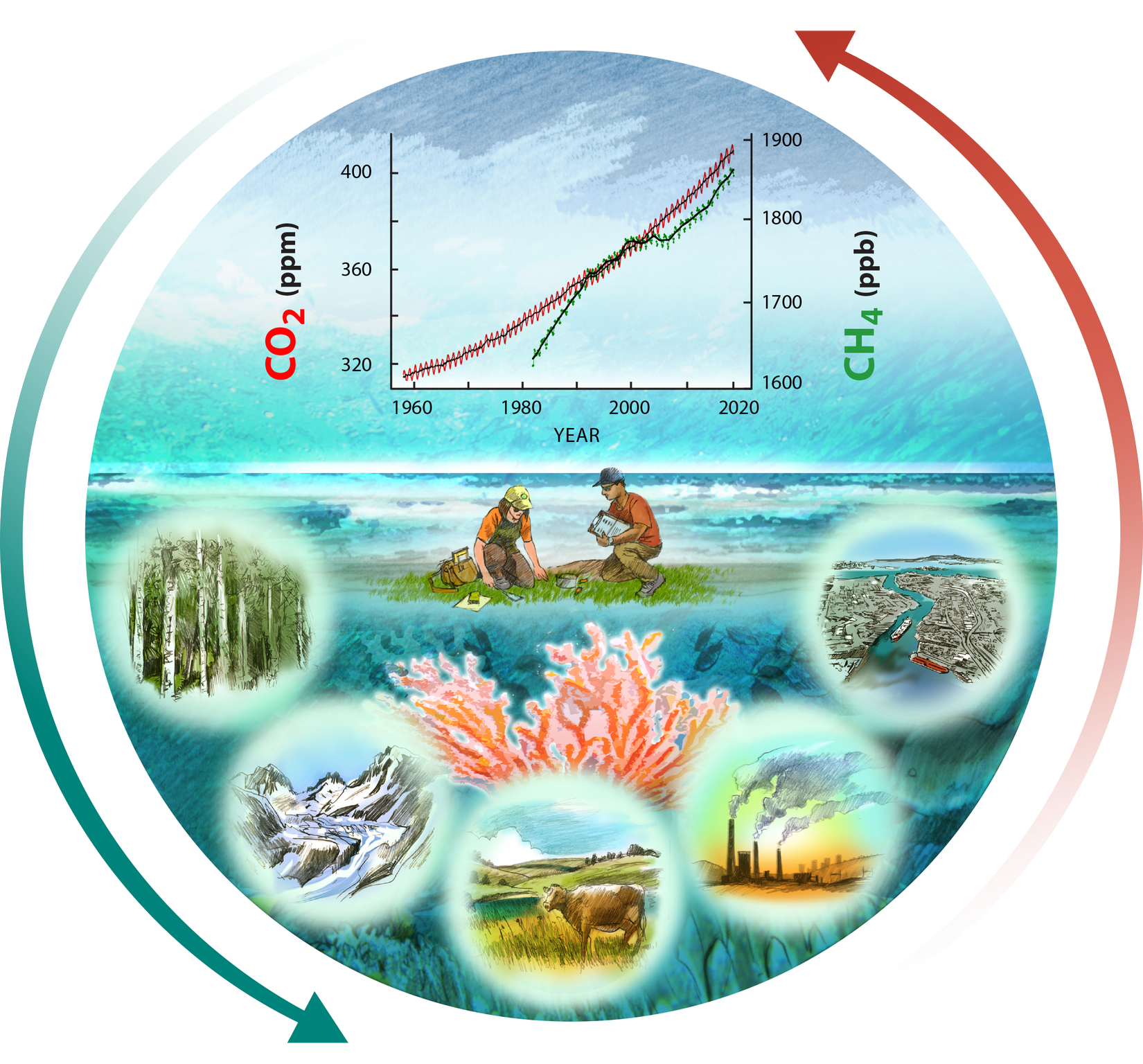
North American carbon cycling illustration, courtesy Ron Oden, University of Nevada, Reno.
This graphic represents the dynamic nature of carbon stocks and fluxes in the United States, Canada, and Mexico described in the Second State of the Carbon Cycle Report.
- The center sketch of researchers taking soil samples pays tribute to the hundreds of scientists who served as authors for this report and the thousands of researchers whose data were used throughout the document.
- Arrows depict carbon emissions to the atmosphere (red) and carbon uptake by different land types and aquatic environments (teal), processes described in Ch. 1: Overview of the Global Carbon Cycle and Ch. 2: The North American Carbon Budget.
- Plotted data—collected by the National Oceanic and Atmospheric Administration’s Earth System Research Laboratory—show monthly means of atmospheric carbon dioxide (CO2) concentrations (red curve in parts per million) taken at the Mauna Loa Observatory and monthly means of methane (CH4) concentrations (green curve in parts per billion) from globally averaged marine surface sites. Deseasonalized data are depicted by the black lines (Ch. 8: Observations of Atmospheric Carbon Dioxide and Methane).
- Coral reefs, fish, and beaches represent carbon processes in coastal waters (Ch. 15: Tidal Wetlands and Estuaries and Ch. 16: Coastal Ocean and Continental Shelves). These are key areas experiencing carbon cycle changes due to direct effects of increasing CO2 (Ch. 17: Biogeochemical Effects of Rising Atmospheric Carbon Dioxide).
- Forests (first inset, lower left) and their soils represent the largest terrestrial carbon sink in North America. Factors influencing the strength of this sink and trends in disturbances such as wildfire, insects, and land-use change are described in Ch. 9: Forests.
- Mountains with melting glacier (second inset, lower left) illustrate the effects of greenhouse gas–induced warming on carbon cycling, particularly in high-latitude and boreal areas (Ch. 11: Arctic and Boreal Carbon).
- Pastoral scene (center inset, bottom) captures the interdependent carbon cycling processes among different terrestrial and aquatic systems (Ch. 5: Agriculture, Ch. 7: Tribal Lands, Ch. 10: Grasslands, Ch. 12: Soils, Ch. 13: Terrestrial Wetlands, and Ch. 14: Inland Waters).
- Power plant (second inset, lower right) illustrates carbon fluxes from the energy sector and other human systems and their potential impact on future carbon cycling (Ch. 3: Energy Systems and Ch. 19: Future of the North American Carbon Cycle).
- Coastal city and port (first inset, lower right) represent the many ways carbon is embedded in social systems and the different levels of information and governance involved in carbon decision making (Ch. 4: Understanding Urban Carbon Fluxes, Ch. 6: Social Science Perspectives on Carbon, and Ch. 18: Carbon Cycle Science in Support of Decision Making).
Carbon Dynamics in North America and the United States in a Global Context
Land ecosystems and the ocean play a major role in the removal and sequestration of carbon dioxide (CO2) from the atmosphere. From 2007 to 2016, these reservoirs annually removed and stored an average of about 5.4 billion metric tons of carbon that otherwise would have remained in the atmosphere—about half the amount emitted during that period. About 11% to 13% of global ecosystem carbon removal can be attributed to North American ecosystems. Whether the land and ocean will continue to absorb similar amounts of carbon in future years is unclear, since changes in climate, human activities, and ecosystem responses may alter future long-term removals of carbon from the atmosphere. Although North America contributed substantially to global atmospheric carbon emissions over the past decade, its total carbon emissions due to fossil fuel use (referred to in this document as “fossil fuel emissions”) decreased by about 23 million metric tons of carbon per year. Meanwhile, global emissions continued to increase, thus reducing the relative contribution of North America to total fossil fuel emissions from 24% in 2004 to less than 17% in 2013.
In addition to reducing the use of fossil fuels, mitigation and management activities in North America and around the world include afforestation and reduced deforestation, restoration of coastal1 and terrestrial wetlands, and improved land-management practices in forests, grasslands, and croplands. These activities can maintain or increase ecosystem carbon sinks (i.e., carbon storage or removal) while decreasing the sources or emissions of carbon to the atmosphere. However, Arctic warming and disturbances such as pest outbreaks, wildfires, and destruction of wetlands may disrupt and decrease carbon removal, thereby releasing previously removed carbon back to the atmosphere (see Box 2, Why Is the Carbon Cycle Important?).
Fossil Fuels and Economic Impacts
Over the past decade, fossil fuel emissions continued to be by far the largest North American carbon source. The United States is currently responsible for about 80% to 85% of fossil fuel emissions from North America. The financial crisis around 2008 contributed to a reduction in North American fossil fuel emissions as economic and industrial growth slowed. Yet, as the economy has recovered, increased energy efficiency and economic structural changes have enabled economic growth while continuing the trend of lowering CO2 emissions. Over the last decade, North America has reduced its CO2 emissions from fossil fuels by about 1% per year, as the result of various market, technology, and policy drivers.
A Changing Landscape
At the global level, land-use change due to social, demographic, and economic trends is projected to contribute between 11 and 110 billion metric tons of carbon to the atmosphere by 2050. However, the trend in the United States is the opposite: current assessments suggest that better forest management practices, as well as reforestation and other improvements in ecosystem and resource management, are helping the nation decrease its carbon emissions.
Ocean Acidification
Ocean acidification, or the decrease in seawater pH due to increased oceanic CO2 absorption, can adversely affect many marine populations and ecosystem processes, including organisms that people rely on for food and ecosystem services that sustain economies and cultures throughout North America. Acidification is occurring faster in circumpolar regions and some coastal areas than in the open ocean. For example, over the past decade, Arctic and Pacific Northwest coastal waters have experienced longer, more frequent periods of lower pH, putting livelihoods reliant on these areas at increased risk. Maintaining and expanding existing ocean observing programs, as well as continuing coordinated work with stakeholders, will be critical to ensure a healthier ocean, resilient communities, and strong economies.
Arctic Changes
The environment of high-latitude regions, such as the Arctic, is changing at a faster pace than the rest of North America. For example, Arctic surface air temperatures are rising about 2.5 times faster than the global average. This increase can destabilize permafrost soils (i.e., soil that remains permanently frozen at some depth) and surrounding landscapes, which exist throughout the Arctic and store almost twice the amount of carbon currently contained in the atmosphere. Warming temperatures can release this stored carbon into the atmosphere. In addition, accelerated warming increases the frequency and intensity of fires, which also release large amounts of carbon stored in Arctic permafrost, surface soils, and vegetation.
Carbon in Crops
Most carbon in croplands is stored in the soil and is sensitive to increasing temperatures, land-use changes, and agricultural development and practices, all of which can result in the loss of carbon from the soil to the atmosphere. Soil carbon stocks can be increased or stabilized by incorporating practices that 1) keep the land covered with plants, especially deep-rooted perennials and cover crops, 2) protect the soil from erosion (e.g., by decreasing tillage), and 3) improve nutrient management. Additionally, optimizing nitrogen fertilizer management to sustain crop yields and reduce nitrogen losses to air and water can help reduce greenhouse gas (GHG) emissions and increase food availability for growing populations.
Indigenous Communities
North American non-Indigenous, fossil fuel–based societies can benefit from understanding how Indigenous communities manage carbon in day-to-day living. These communities offer potentially valuable lessons on how to address emissions reduction and carbon capture through people-focused approaches that couple technological and ecological systems with their traditional practices of agrarian-based infrastructure and tribal community values. While quantitative analysis of these practices is only beginning, many Indigenous communities across the United States, Canada, and Mexico are managing carbon stocks and fluxes to reduce GHG emissions through sustainable management of forests, agriculture, and natural resources.
Cities and Carbon
Urban areas in North America are the primary source of anthropogenic carbon emissions. Emissions from the urban built environment are directly shaped by societal factors, including regulations and policies governing land use, technologies such as transportation, and indirect factors such as demands for goods and services produced outside city boundaries. Such societal drivers can lock in dependence on fossil fuels in the absence of major technological, institutional, and behavioral change. In urban areas many pivotal decisions and policies are made that shape carbon fluxes and mitigation (see Box 3, How Can SOCCR2 Inform Decision Making?).
Knowledge Gaps and Science Informing Investments in the Future
Future research will facilitate improvements in knowledge, practices, and technologies for managing carbon emissions, removing carbon from the atmosphere, and accumulating and storing it in Earth systems over the long term. Expansions in monitoring, advanced syntheses of available observations, improvements in assessment tools and models, and extension of existing modeling capabilities can help provide more reliable measurements and future estimates of carbon stocks and flows at the local, regional, and global level. Co-benefits, such as improvements in air quality, crop productivity, energy efficiency, economic savings to taxpayers, and enhanced quality of life, often result from reduction in carbon emissions. Research identifying and responding to such opportunities—as well as addressing needs for research in carbon management and emissions mitigation across decision-making stakeholders, sectors, and governance at multiple levels—is an investment in the sustainable well-being of Earth, society, and future generations.
Coasts and coastal ecosystems in SOCCR2 include mangroves, tidal marshes, and seagrass meadows.↩








